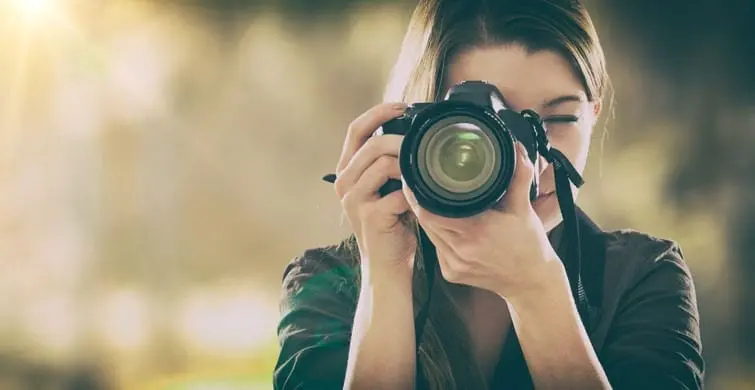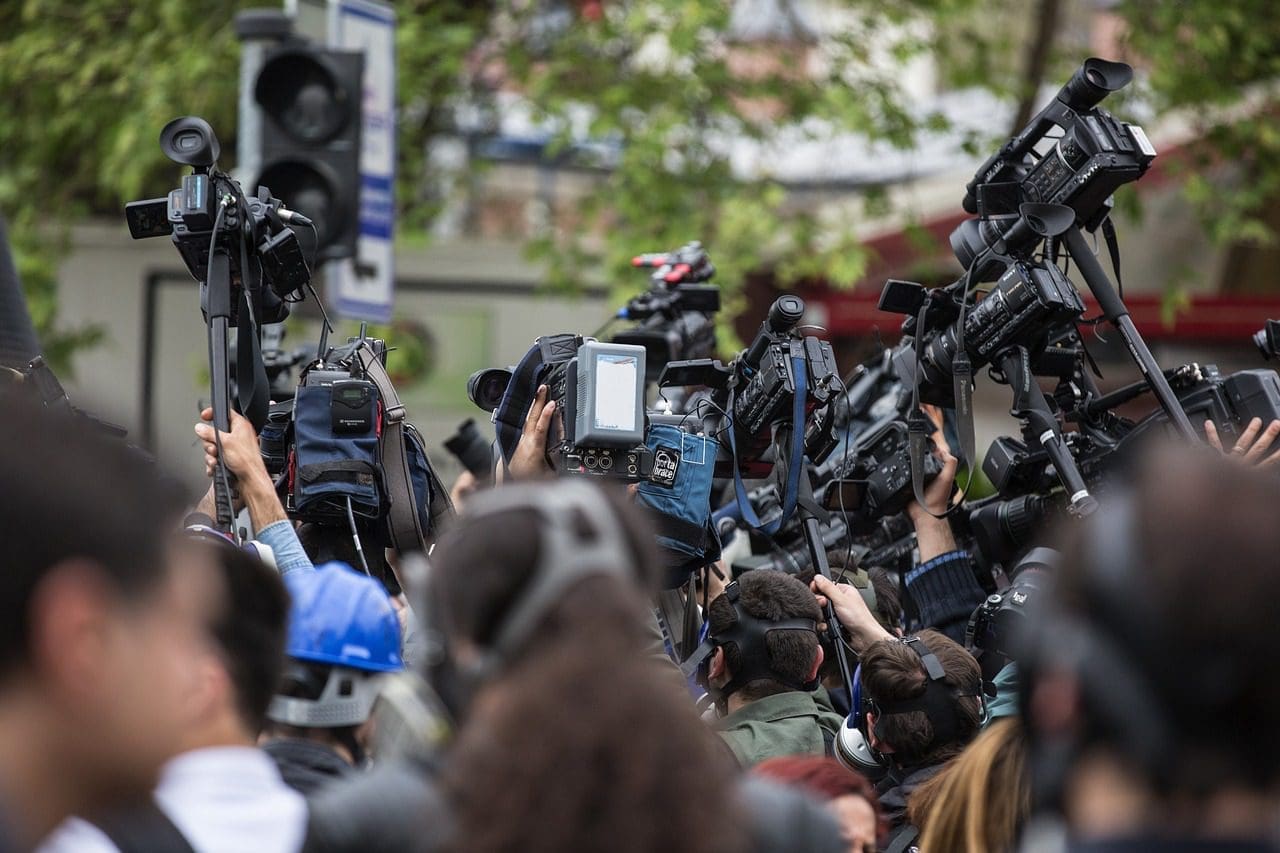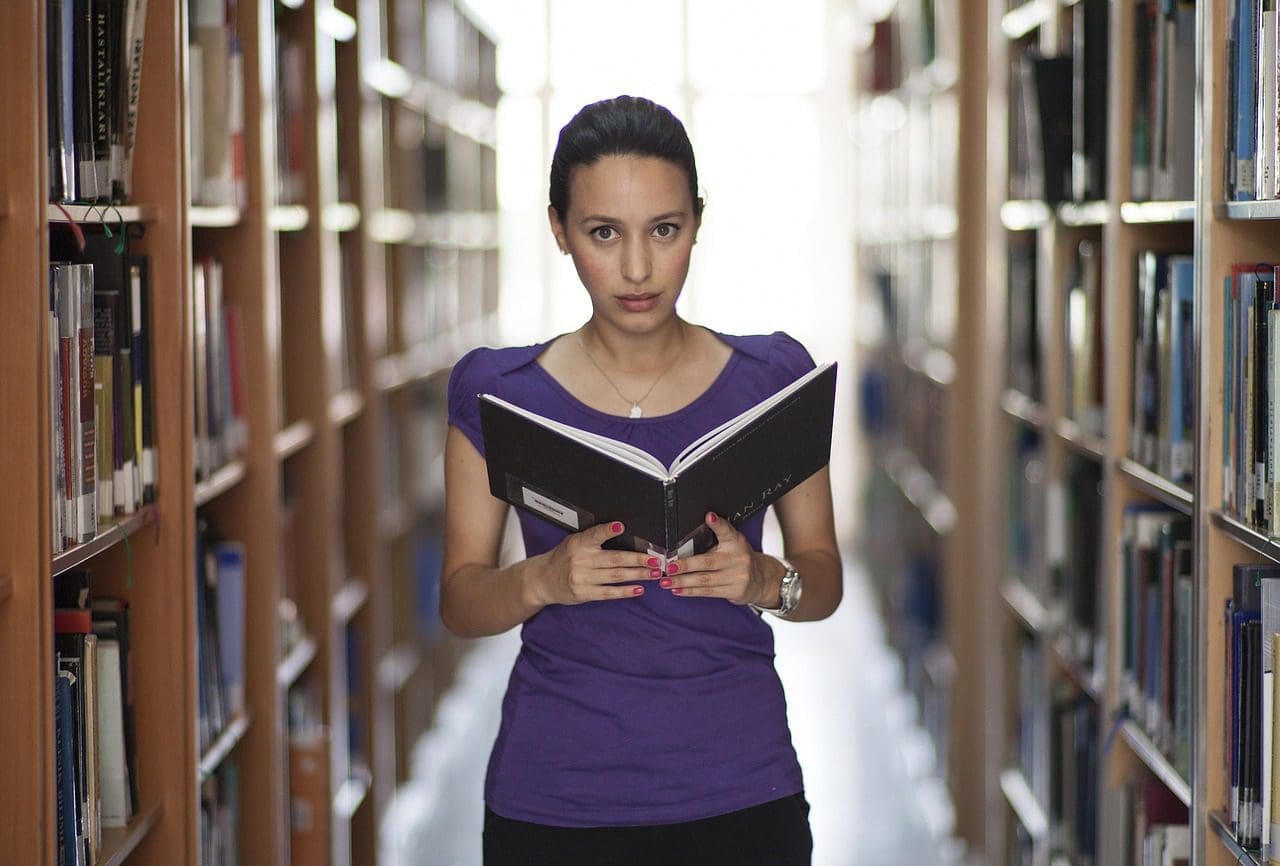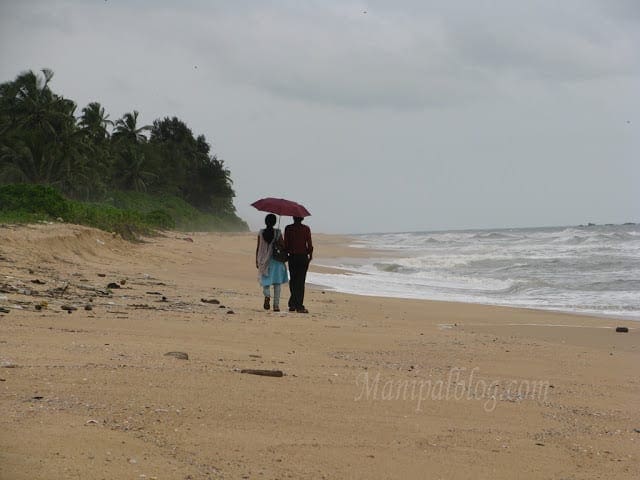
Photography calls for a great deal of practice in order to master the technical knowledge of light, camera settings, lenses, film, and filters and apply this knowledge creatively. Photographers use a wide variety of lenses and filters designed for close-up, mid-range, or long-distance photography.
As a photographer, you have the option of developing and printing your pictures (most photographers prefer to do that), but you can even hand your film over to the company you work for or to a commercial lab for processing. The work hours are long and irregular.
Sometimes you even have to make yourself available on short notice. Photography is a high-pressure job with tight deadlines. But if you are a self-employed photographer, your work hours will be more flexible.
There are various categories of photographers:
Press photographer:

You’ll work for newspapers and shoot pictures of the day’s events that will accompany the article in the newspaper the next day. The photographs you shoot are also stored in archives. You could be working for magazines, newspapers, and sometimes book publishers (for covers).
This kind of photography is a daredevil job where you often have to risk your life in attempting to take pictures of newsworthy events, people, and places.
Photojournalist
This is slightly different from press photography as your photographs themselves have to tell the whole story. This means that they have to be more precise.
Technical/Industrial Photographer
For such kind of photography, you’ll use specialized photographic instruments to photograph industrial equipment to be used in company brochures and other publications.
Scientific photographers
In this type of photography, you’ll specialize in areas like astronomic photography, astrophysics photography, photography of chemical and biological materials, specimen, etc. You will photograph laboratory experiments, etc.
Commercial Photographers
This type of photography involves taking pictures of merchandise, buildings, machinery, fashion, livestock, and groups of people to be used in advertisements, marketing reports, brochures, catalogs, and postcards. You will also be photographing events, marketing promotion operations, etc.
Fashion Photographer

You’ll take attractive images of fashion products like designer clothes, accessories, etc.
Personal Photographer
This is the best part of photography. Here, you’ll hobnob with the best faces in the fashion industry like models and film stars. You’ll specialize in capturing images of people. You will also work in fashion photography.
Nature and Wildlife Photographer
If you are green at heart, this is it. Here, you’ll capture animals in their natural habitat. Submarine or underwater photography is another branch of this stream.
Film Photographers
You will shoot feature films, advertising films, documentaries, etc.
Video Photographers
You will shoot moving films with a video camera. Your subjects can be anything from a marriage ceremony to a 16 mm film. It needs the best camcorder with xlr input if you want to be a professional videographer.
Forensic Photographers
Here you’ll travel with the police to crime scenes to photograph evidence. Adventurous, isn’t it?
Pursuing a career in photography can be both exhilarating and challenging, offering an avenue to express creativity, capture moments, and tell stories through the lens of a camera. As you embark on this journey, creating an environment that fosters creativity and focus is essential.
Whether it’s setting up the perfect home studio or ensuring your workspace is conducive to long editing sessions, the physical space around you can significantly impact your creative process.
For those moments when technical difficulties arise, such as an air conditioning failure disrupting your workflow, we highly recommend seeking professional help to quickly and efficiently resolve the issue, ensuring your focus remains on capturing the world through your unique perspective.




Be the first to comment